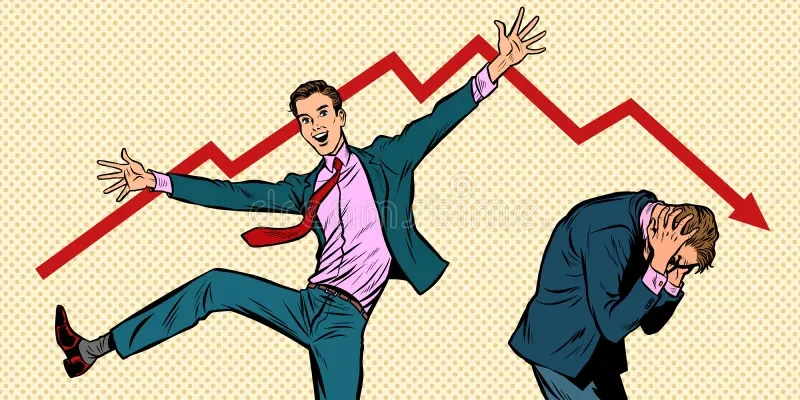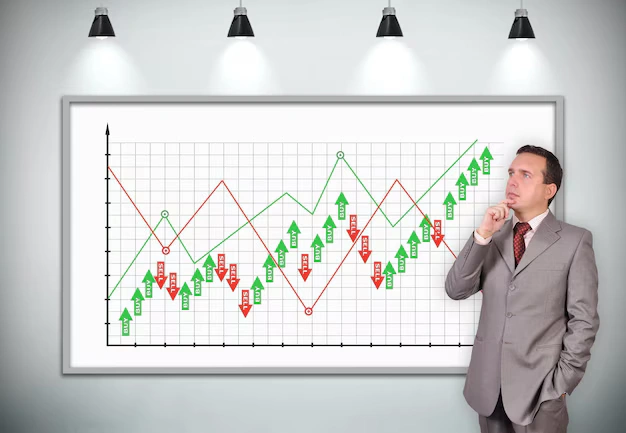What Is Leverage Trading? A Technical Introduction
Leverage trading is essentially a mechanism that allows you to control a larger trade position using borrowed capital. This means you can amplify your potential returns, but it also means you’re exposed to greater risks. From a technical standpoint, leverage is a multiplier—your broker provides the funds needed to trade larger positions than your actual capital would allow. For example, with 10:1 leverage, you can control a $10,000 position with just $1,000 of your own capital.
The key concept here is that leverage increases both your profit potential and your risk exposure. While this offers exciting opportunities, it’s important to understand that leverage isn’t free—it’s essentially borrowing money, and that comes with costs and risks.

How Does It Work in Practical Terms?
In leverage trading, a broker offers you the opportunity to use borrowed money to enter larger positions. The leverage ratio is a key technical parameter that determines how much larger your position can be relative to the capital you’ve invested. For example, with 50:1 leverage, every $1 of your capital controls $50 in the market.
Let’s take an example from the forex market: if you decide to trade the EUR/USD pair with $1,000 and leverage of 10:1, you would be able to control $10,000 in the market. If the exchange rate moves in your favor, the profits would be significantly higher than if you only traded with your $1,000. However, if the market moves against you, your losses are magnified. A 10% movement against you would result in a $1,000 loss—effectively wiping out your initial capital.

The Mechanics of Risk Management in Leverage Trading
Leverage trading is highly sensitive to market volatility. The use of stop-loss orders is critical in managing risk. This is because the higher the leverage, the greater the potential for rapid losses if the market moves unfavorably. Without a proper stop-loss order in place, the risk of liquidation increases exponentially.
When using leverage, you are required to maintain a margin—the collateral that supports the leveraged position. If your position loses value and your equity falls below a certain threshold, a margin call occurs, where the broker demands additional funds to maintain the position. If you cannot meet this margin call, the broker will close out your position, possibly locking in substantial losses.

How Leverage Impacts Different Types of Trades
The impact of leverage differs across various trading instruments and market conditions. For short-term traders, leverage provides the opportunity for quick, large returns. In volatile markets, small price movements can lead to disproportionate profits—or losses. For instance, with 20:1 leverage, a 1% market movement results in a 20% change in the position’s value.

However, leverage can also turn against traders in highly volatile environments. The volatility of certain assets, like cryptocurrencies or high-yield stocks, can lead to drastic fluctuations within short periods. For traders with insufficient margin, this means the potential for a forced liquidation due to margin calls is much higher. Understanding the volatility and liquidity of the assets you’re trading is crucial in managing risk effectively.
Margin Calls and Liquidation: The Technical Risks of Leverage Trading
One of the most important concepts to grasp in leverage trading is the margin call, which is triggered when the value of your leveraged position falls below the required maintenance margin. Brokers will typically notify you when your equity is getting too low, but if the market moves too quickly against you, you might find yourself locked into a position that the broker will close automatically to prevent further losses.
This process is designed to limit the potential loss to both the trader and the broker. However, this is also where the risk becomes amplified. Without adequate risk management, the emotional pressure of a margin call can cause traders to make rash decisions. The possibility of liquidation makes leverage trading highly technical and requires a high level of discipline and strategy to avoid catastrophic losses.

Who Should Consider Leverage Trading and Who Should Avoid It?
Leverage trading is not suited for everyone. The complexity of margin requirements and the risk of liquidation make it a strategy for experienced traders. Those new to the markets should be cautious, as leverage can quickly escalate losses beyond initial expectations. For novice traders, gaining experience through demo accounts or small-scale trades with lower leverage ratios can provide essential exposure without risking significant capital.
In contrast, seasoned traders who are familiar with risk management techniques, such as using stop-loss and take-profit orders, are better equipped to handle the volatility and intricacies of leverage trading. With the proper knowledge of market analysis, timing, and strategy, leverage trading can be a powerful tool in the hands of experienced individuals.

Conclusion: Leverage Trading and Its Technical Considerations
To wrap up, leverage trading is a sophisticated strategy that requires a thorough understanding of its technical aspects. It’s a powerful tool that can amplify your returns but also significantly increase the risks of loss. The key to successfully using leverage lies in your ability to manage these risks effectively through margin management, stop-loss orders, and market awareness. It’s important to use leverage with caution, understanding its mechanics, and never risking more than you can afford to lose.
Ultimately, leverage trading is best suited for experienced traders who can navigate its complexities with confidence. If you’re new to trading, consider starting with lower leverage or even practice with demo accounts to hone your skills.
Relevant news: here




